Across the globe, decorating and giving eggs at Easter time has become a tradition that has eclipsed its original religious connotations. Many customs date back even further than the start of Christianity, and were originally used to celebrate the onset of spring. Whatever the meaning, the tradition has many undeniably charming interpretations, and the following are just a sample of the most colourful and unique.
GettyImages-622167734resized.jpg
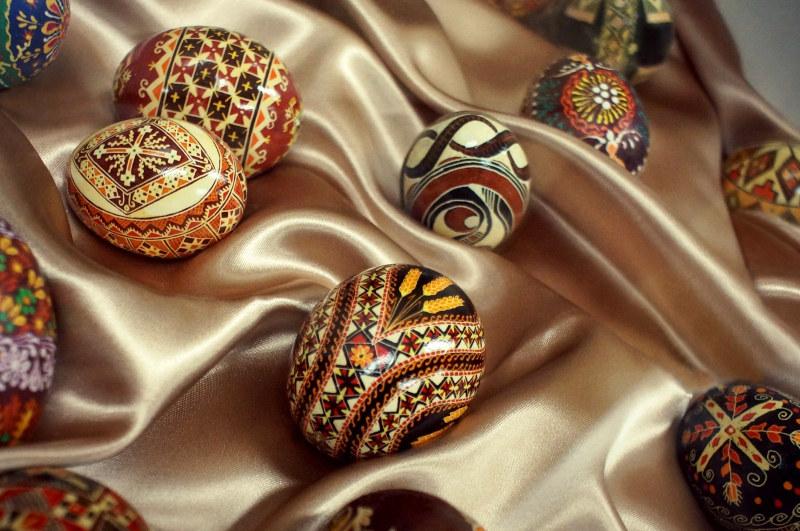
Ukraine
The ornate designs present on these Easter eggs from Ukraine are an example of symbols dating back to pre-Christian times. The designs are mostly depicting things to do with nature, originally coming from the worship of and belief in a sun god called Dazhboh. These symbols started to take on different meanings with the acceptance of Christianity but the designs have remained unchanged, still retaining their ancient roots.
GettyImages-638888438resized.jpg
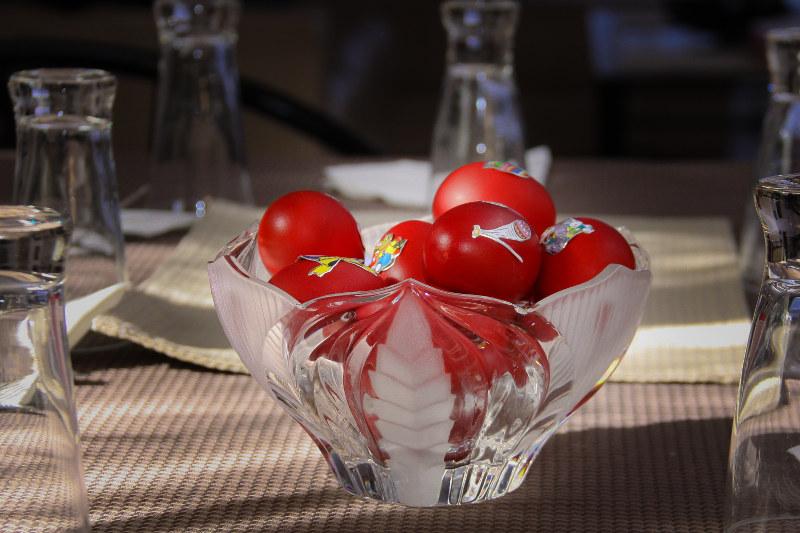
Greece
In Greece it is tradition to colour Easter eggs bright red – which is somewhat of a startling sight. The custom originated when people started to dye eggs red in memory of Jesus’ blood. On Easter Sunday a game exists where two people tap their red eggs together, trying to crack the opponent’s egg. The game continues until there is one person left with an uncracked egg, winning an entire year of good luck.
GettyImages-485582040resized.jpg
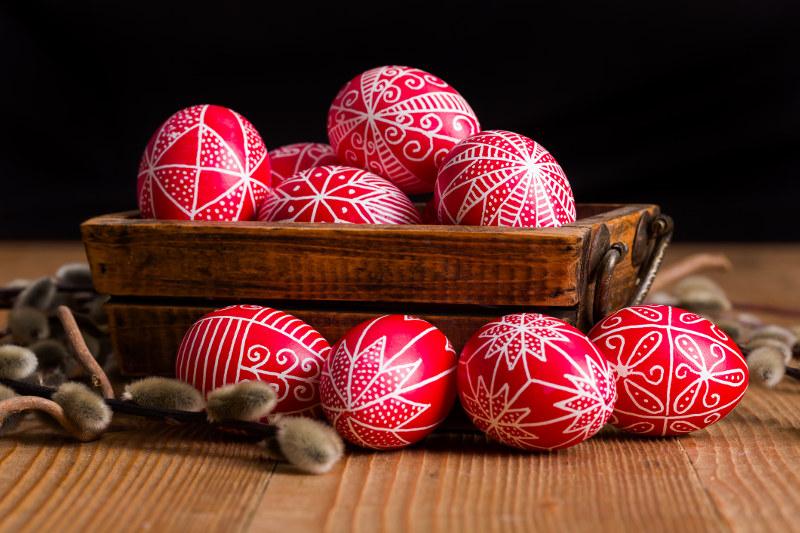
Hungary
The traditional Easter eggs in Hungary are red as in Greece, but with symbols scratched onto their surface. These symbols had meanings, and when they were given as gifts Hungarians were able to read different messages from the eggs as if it was a greeting card. Also originating before the onset of Christianity, those who received eggs might have been wished a long life, good health or many children.
GettyImages-177108489resized.jpg
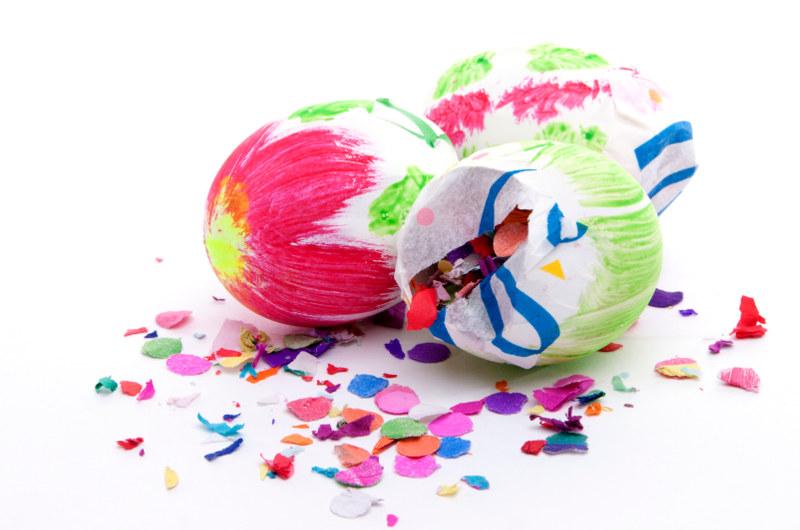
Mexico
Mexican Easter eggs, called cascarones, are colourful hollowed-out eggs filled with confetti and sometimes even toys. According to historians, the practice of giving these eggs originated in China, where they were filled with scented powders and given as gifts. Arriving in Mexico in the 1800s, the eggs have since become synonymous with Easter celebrations – as well as birthdays, Cinco de Mayo, weddings and many more affairs. It’s tradition to break one over a friend’s head, bringing them good luck.
GettyImages-514566322resized.jpg
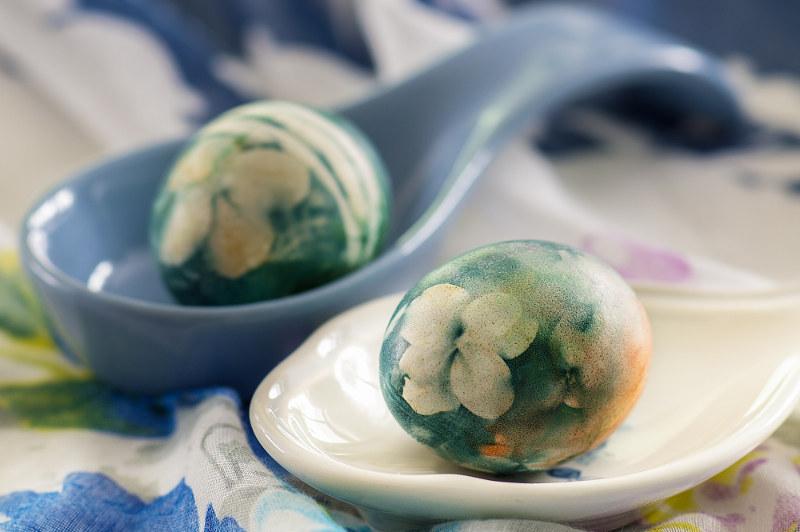
Latvia
The markings on these eggs in Latvia are achieved by plastering grains, flowers, leaves and random household items onto the egg, covering it with old onion skins and string to hold everything in place, and then boiling the eggs in water and even more onion skins. Families save up their onion skins for the whole year in preparation of dyeing their eggs at Easter. Sometimes Latvian folk art symbols are scratched onto the eggs, representing the onset of spring and return of the sun.
GettyImages-470413753resized.jpg
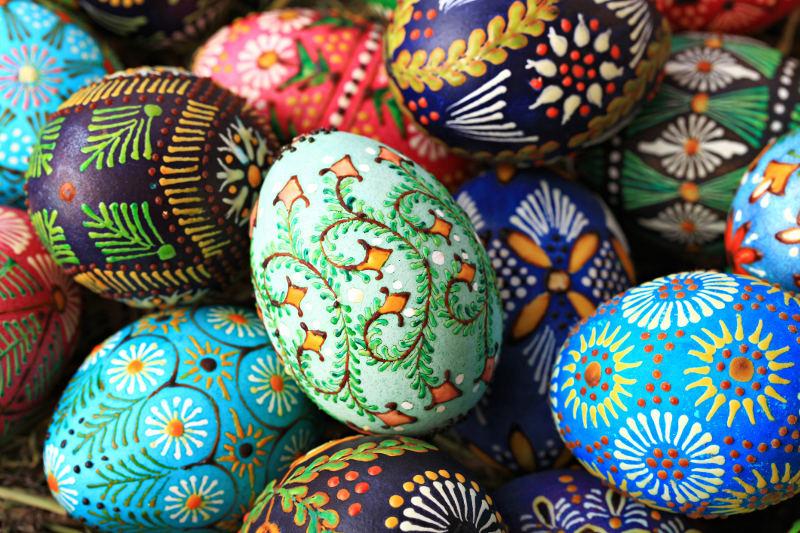
Lithuania
Latvia’s Baltic neighbour to the south have a different way of decorating their eggs. While also sometimes using the dye-and-scratch method to decorate, they also dot on ornate designs with hot wax on the head of a pin. After the design is finished, the egg is dyed a chosen colour and then the wax is removed with heat, revealing the intricate patterns. The decorations were believed to bring added powers to the already mystical eggs, and often one would be buried at the threshold of a house to protect the family inside from misfortune.
GettyImages-186831642resized.jpg
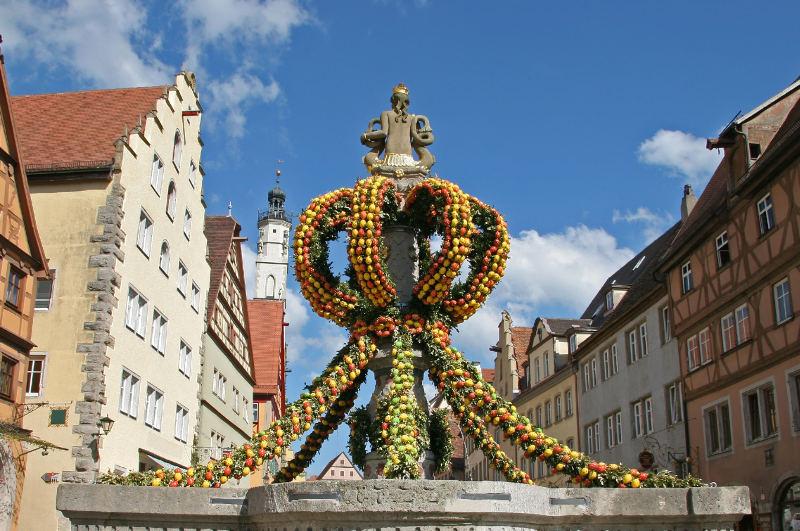
Germany
A tradition was born in Franconian Switzerland (in northern Bavaria, Germany) where Easter eggs would adorn public wells and fountains in ornate decorations that honour water as one of the essentials of life. Known as Osterbrunnen, the decorations are accompanied by ribbons, flowers and garlands of evergreens.
GettyImages-486624651resized.jpg
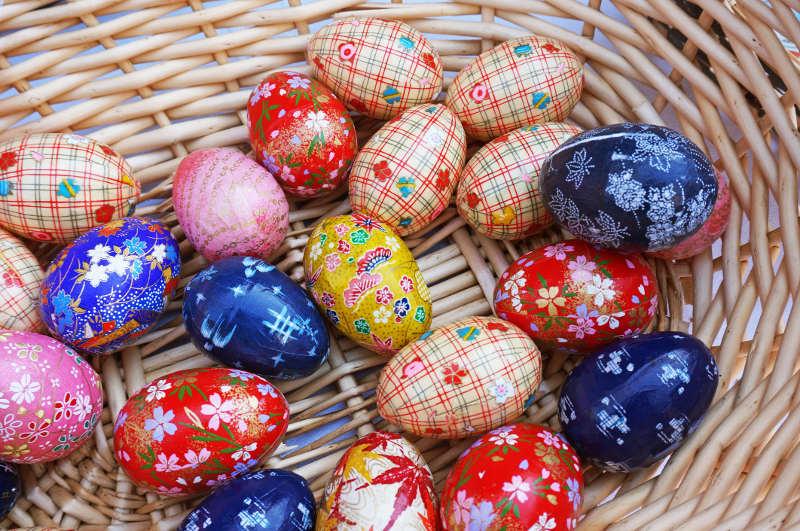
Japan
Japan is a country that loves to adopt foreign holidays, and Easter is no exception. Despite not being celebrated religiously, Japan have their own style of Easter eggs known as Washi eggs. Patterned washi paper is carefully glued onto the egg, the paper sometimes also used in the art of origami. After the glue is dry, artists add varnish to finish it all off with a nice polished look.
GettyImages-149460724resized.jpg

Iceland
Iceland goes to the extreme with their Easter eggs – more the size of an ostrich egg rather than a chicken egg. The chocolate behemoths are filled with all kinds of lollies, like caramels, liquorice, boiled sweets and jelly beans. There is a yellow baby Easter chick on top of the egg to remind everyone that it is, after all, Easter time, and the egg also often includes decorative flowers. Also included inside is an Icelandic proverb, and it’s common on Easter Monday to ask “what saying did you get?” and to speculate about how it’s relevant to the recipient’s life.













